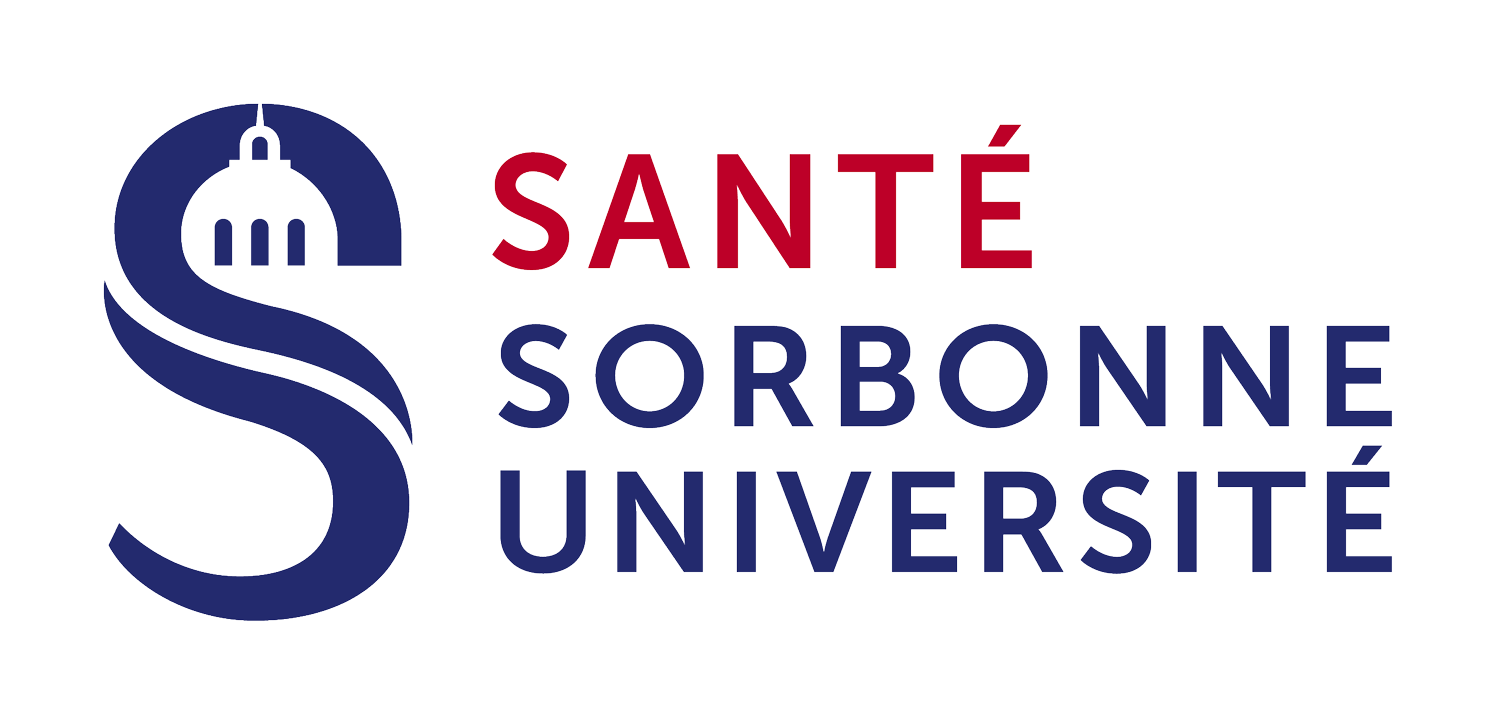IPLESP history
The Pierre Louis Institute of Epidemiology and Public Health was created in January 2014 as a single laboratory bringing together all epidemiology and public health research forces within Sorbonne University. This institute was born out of the fusion of two historic research units at Sorbonne University, UMR-S 707 (Epidemiology, Information Systems and Modeling) and UMR-S 943 (Clinical Epidemiology, Therapeutic Strategies and Virology in HIV Infection), supplemented by the arrival of social epidemiology researchers from UMR-S 1018 at Paris Saclay University and by clinician-researchers from the clinical research group in clinical epidemiology of inflammatory rheumatic and systemic diseases. The aim of this fusion was to increase the visibility and attractiveness of the Institute, facilitate collaboration between the different teams, and ensure a more efficient distribution of administrative and operational staff.
The Institute was successfully evaluated and renewed in January 2019, welcoming a team specializing in pharmacoepidemiology and treatment strategy evaluation at the start of the contract. In 2021, the team specializing in the epidemiology of respiratory and allergic diseases joined the Desbrest Institute at the University of Montpellier. Renewed a second time in January 2025, the Pierre Louis Institute consists of six INSERM/Sorbonne University teams, two cross-functional administrative and IT teams, two emerging research teams, and two ANRS-MIE methodology and management centers.
Pierre Louis, a physician in the late 18th century, was a pioneer in the use of data and numerical methods for evaluating interventions in the field of health. He is considered one of the founding fathers of evidence-based medicine. He worked on the major public health issues of his time and denounced the harmful effects of bloodletting in pneumonia based on careful numerical analysis. It is precisely this approach that we aim to take in our various fields of application: combining cutting-edge methods and real-life data to improve knowledge with the highest level of evidence in a constantly changing world.




